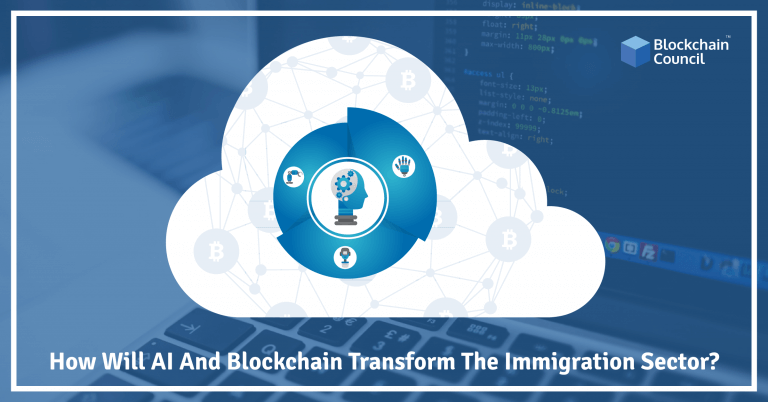
- Toshendra Kumar Sharma
- May 30, 2019
Introduction
Global human migration has always been and continues to be a natural and recurring phenomenon across most regions of the world. Migration is a key feature of our society which is increasingly interconnected. Reasons for migration differ from person to person and also according to nationalities. The primary reason for people migrating is the need to find lucrative jobs as we may sometimes need to be on the move to find significant employment.
Migration is, no doubt, an effective way to share prosperity and reduce poverty, both being the twin goals of the World Bank. As per World Bank’s report titled, ‘Moving for Prosperity: Global Migration and Labour Markets,’ movement of people between countries provides the most significant gains. It is noted that the incomes of migrants increase three to six times when they move from lower to higher income countries. Disruptive technologies such as AI and blockchain indeed herald some potentially fascinating benefits for the immigration sector.
What Is immigration?
Immigration is related to the process of people moving from one country to another for economic, social, and cultural reasons. People who immigrate are known as immigrants. The terms immigrant and emigrant are often used interchangeably. Both describe human migration. The people who migrate are called emigrants when they leave their own countries, and the same people are called immigrants when they arrive in some other country.
Understanding AI and blockchain
Before understanding in detail about the advantages of AI and blockchain in the field of immigration, let’s first know what they are.
AI involves the simulation of human intelligence processes using machines. Its emphasis is on creating intelligent machines which think, work and respond like humans. Knowledge engineering forms the core of AI. Machines need to have sufficient information about the world to think and react like humans. In other words, artificial intelligence refers to making machines think like intelligent humans.
According to John Mc Carthy, the father of Artificial Intelligence, “It is the science and engineering of making intelligent machines, especially intelligent computer programs.”
Blockchain refers to a public ledger of information which is collected through a network sitting on top of the internet. It is an entirely new method of documenting data on the internet. Information is stored over a peer-to-peer network, which means that even if one point of storage is damaged or lost, multiple copies are stored elsewhere safely and securely. It is a distributed, decentralized public ledger which is immutable. Immutability refers to the unalterable, tamper-proof, and permanent history of the transactions.
General issues of the international migration system:
- Corruption and fraud.
- Global payment issues.
- High costs.
- Lack of transparency and accessibility.
- A threat to national security.
Role of AI and blockchain in transforming the immigration industry
Some significant technological advancements in the past few years have been blockchain technology, Artificial Intelligence (AI), cloud computing, and machine learning, to name a few.
One such immigration platform which is powered by AI and blockchain is Migranet. It is the world’ first platform which combines artificial intelligence, smart contracts, blockchain technology, biometrics, and Migranet (MIG) utility token. The successful testing of the first working prototype of Migranet was completed on 5 February 2019. It was tested with over 1,300 use cases and the accuracy rate runs at 90%.
This modern immigration platform, which implements AI, is equipped to assist immigrants with the application process by automating it. This helps reduce the cost of current services by up to 90%. MIG utility tokens help transact in a fast, affordable, and secure manner. It is a one-stop solution for both migration practitioners and migrants as it automates the processing of migration applications.
Migrants can use the Migranet platform to upload background declarations and professional credentials. It assists migrants and accredited migration practitioners by auto-updating case laws, regulations, and policies. AI provides individuals with the freedom and options to select their host country based on their professional credentials and background declarations. MIG is a unified cryptographic utility token which can be used to pay for services on the Migranet platform. The use of blockchain smart contracts by Migranet provides a high level of transparency and protects immigrants from scams and malpractices.
General benefits of AI and blockchain in the immigration sector are:
- An in-built smart contract protects migrants from frauds and misrepresentations.
- AI assessment is made possible by algorithms which verify ranks and credentials and recommend countries for immigration.
- Built-in chat features allow users to get assistance from immigration authorities in real-time.
- AI and blockchain advancements help speed up the immigration process securely and legally.
- Blockchain provides transparency and accountability at every stage of any digitized transaction.
- Enables organizations to speed up the distribution of aid funding.
- Facilitates tracking of every single payment.
Conclusion
No doubt, increased labor mobility benefits, immigrants, greatly and poses overall positive gains for the destination country. But there are two sides to every coin. Many are of the opinion that immigration meets skill storages, boosts economic growth, and helps create a vibrant society. Some say that immigrants steal jobs, burden taxpayers, and are a threat to indigenous culture.
This does not hold true, as, in the United States, founders of companies such as Google, Yahoo!, eBay, Intel, and Paypal have been immigrants. Contrary to the opinions of many leaders, immigrants help strengthen an economy by generating products, ideas, and innovation. In other words, they are both a sign and source of dynamism.

































































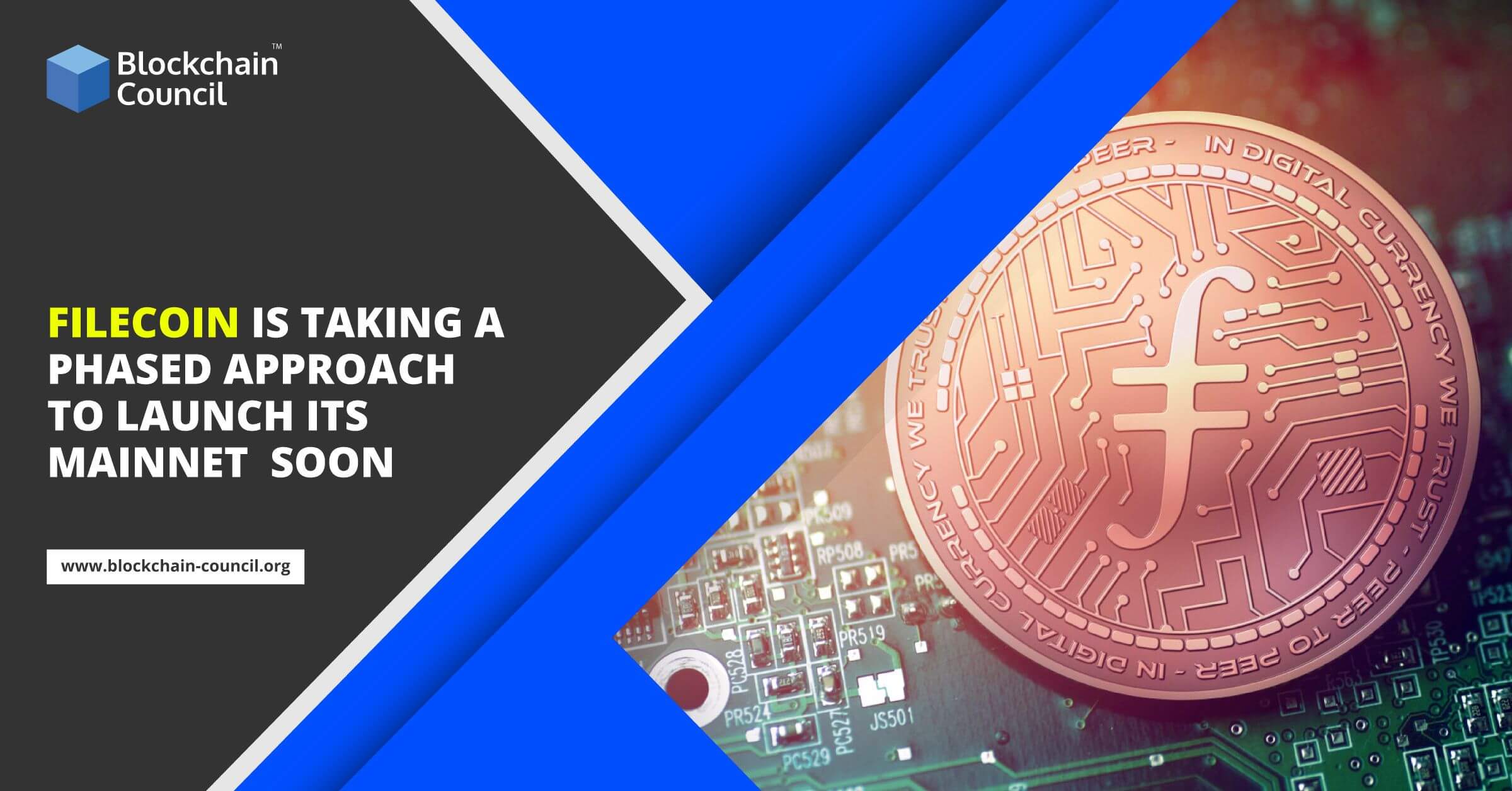
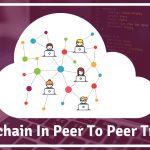
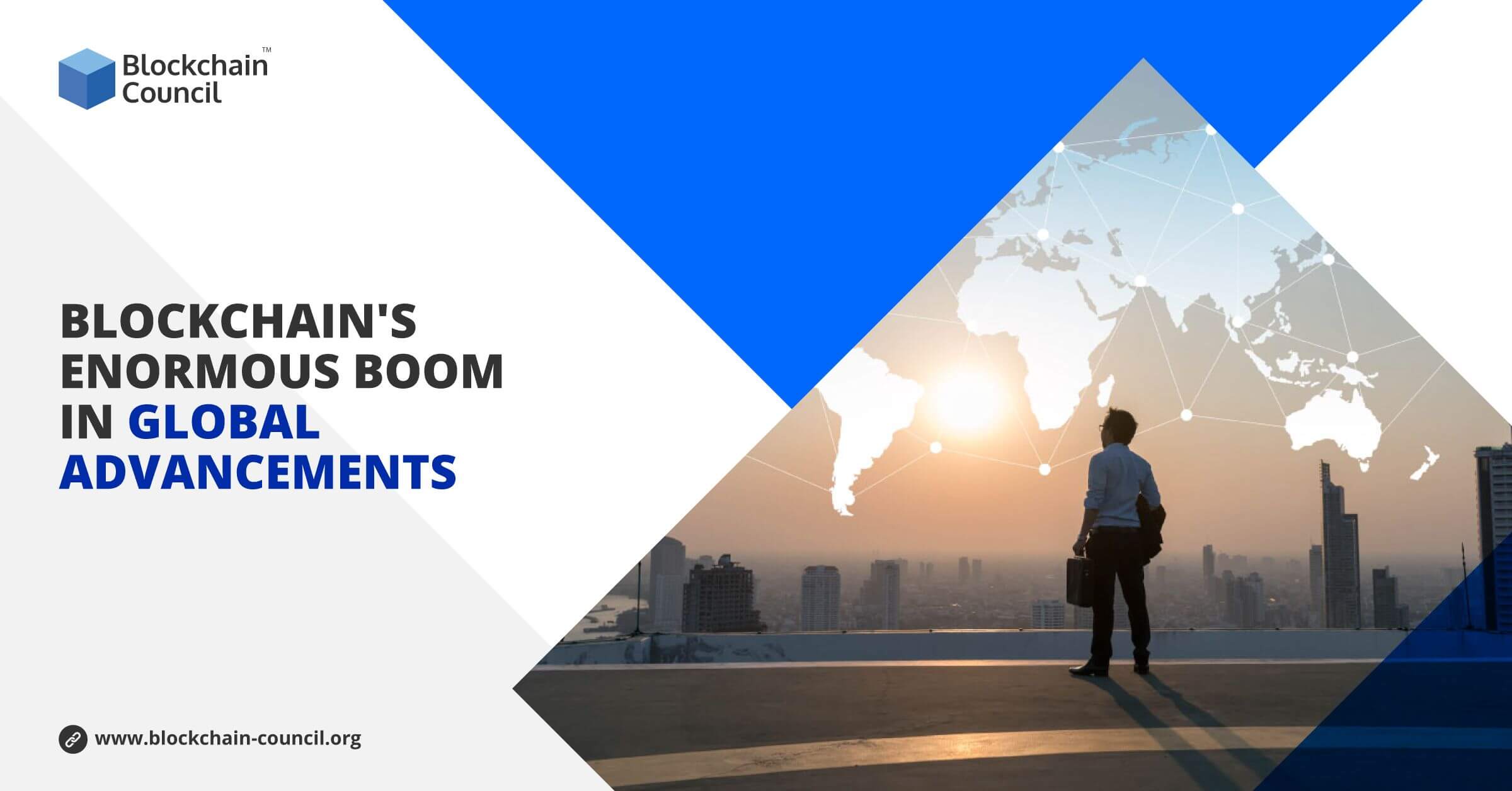
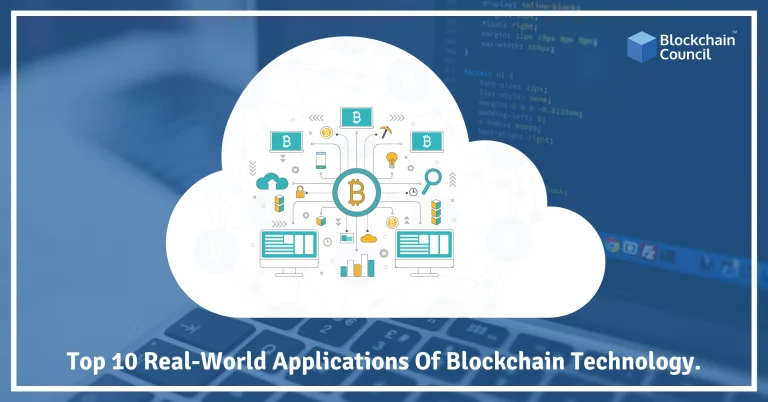
 Guides
Guides News
News Blockchain
Blockchain Cryptocurrency
& Digital Assets
Cryptocurrency
& Digital Assets Web3
Web3 Metaverse & NFTs
Metaverse & NFTs
